כללי
תחבורה
אנשים
אירוח
אוכל ושתייה
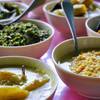 מהם אוכל המקומי בסרי לנקה?
מהם אוכל המקומי בסרי לנקה?
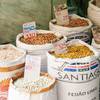 How much does the food cost?
How much does the food cost?
 Is there a special etiquette?
Is there a special etiquette?
 What are some places to eat?
What are some places to eat?
 What can I eat in Sri Lanka as a vegetarian?
What can I eat in Sri Lanka as a vegetarian?
 Can I drink tap water in Sri Lanka?
Can I drink tap water in Sri Lanka?
 אילו משקאות קרים זמינים?
אילו משקאות קרים זמינים?
 האם יש תרבות של שתיית תה וקפה בסרי לנקה?
האם יש תרבות של שתיית תה וקפה בסרי לנקה?
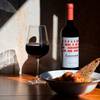 איפה ניתן לקנות אלכוהול בסרי לנקה ובכמה עולה?
איפה ניתן לקנות אלכוהול בסרי לנקה ובכמה עולה?
 מהם ההגבלות הקשורות לצריכת אלכוהול?
מהם ההגבלות הקשורות לצריכת אלכוהול?
 אילו משקאות אלכוהוליים לנסות במהלך השהות בסרי לנקה?
אילו משקאות אלכוהוליים לנסות במהלך השהות בסרי לנקה?
 Are there any grocery stores with Western food?
Are there any grocery stores with Western food?
ביקור באתרים
משפטי
כסף
בטיחות ובריאות
נסיעות משפחתיות
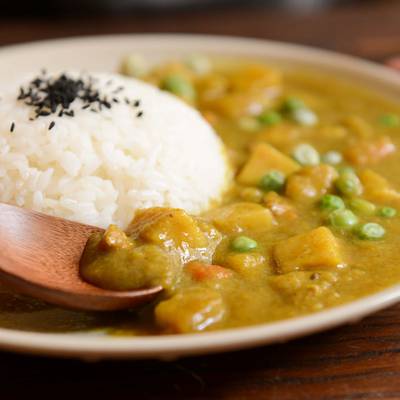
What local dishes to try in Sri Lanka?
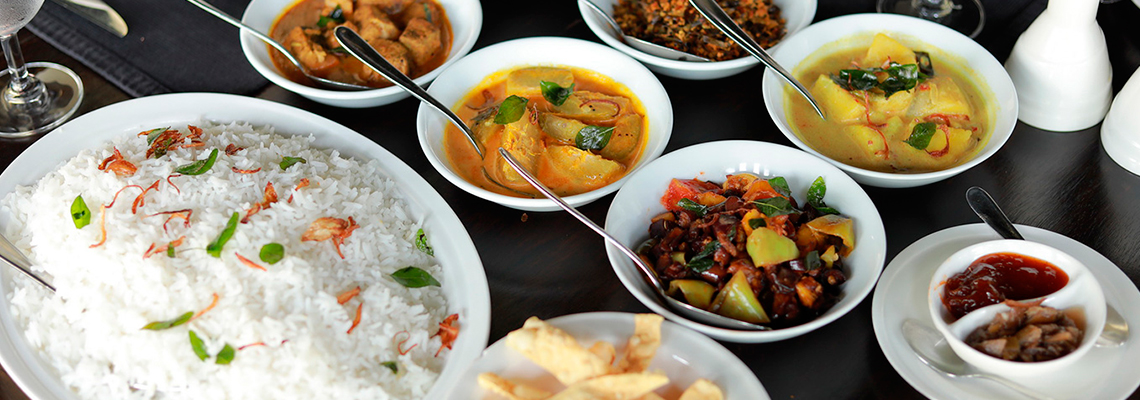
Fish ambul thiyal (sour fish curry). It’s a dry curry dish, meaning all the ingredients are simmered with a small amount of water and cooked until the liquid reduces. This allows the spice mixture to coat each cube of fish. Can be served with rice.
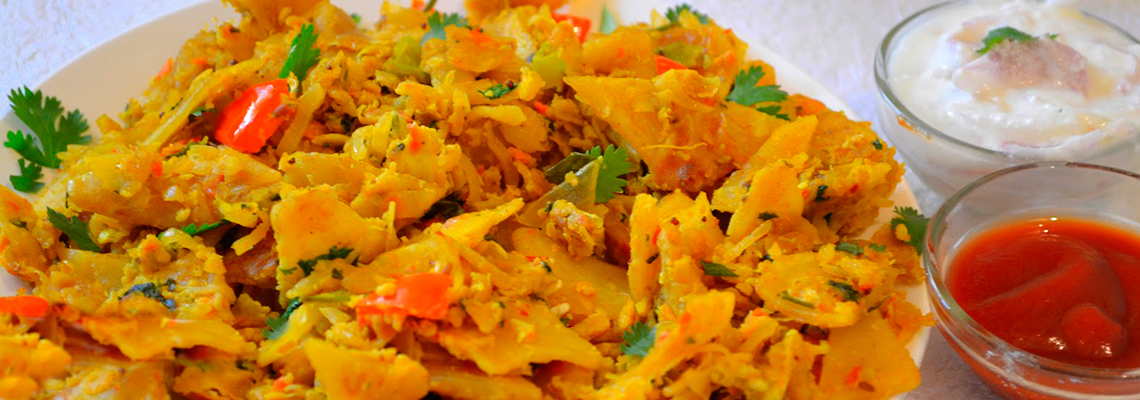
Kottu (also, kottu roti). It’s Sri Lanka's hamburger - everybody's favorite go-to fast food when craving something tasty and greasy. It resembles fried rice, except instead of rice, it's made with a type of roti known as godamba roti (a flat, crispy bread). It’s a tasty mixture of salty pieces of fried dough, lightly spiced and extremely comforting. Kottu is served with spicy curry sauce, which you can either use as a dip or pour over your entire plate.
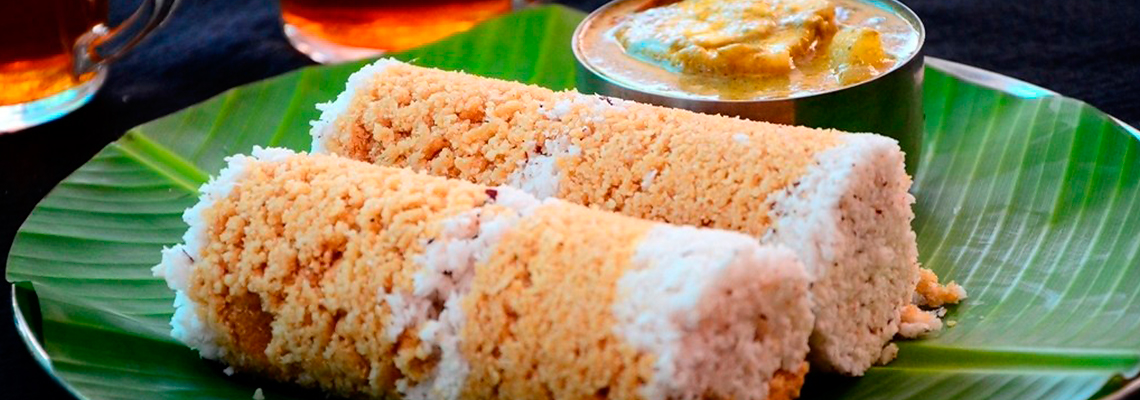
Pittu (also, puttu). It is made of steamed cylinders of ground rice layered with coconut, often with a sweet or savory filling on the inside. It is highly popular in the Indian state of Kerala as well as in many areas of Sri Lanka, where it is also known as pittu. Puttu is served with side dishes such as palm sugar or chickpea curry or banana. In Bhatkal Puttu is served with side dishes such as ghee and sugar or Paya.
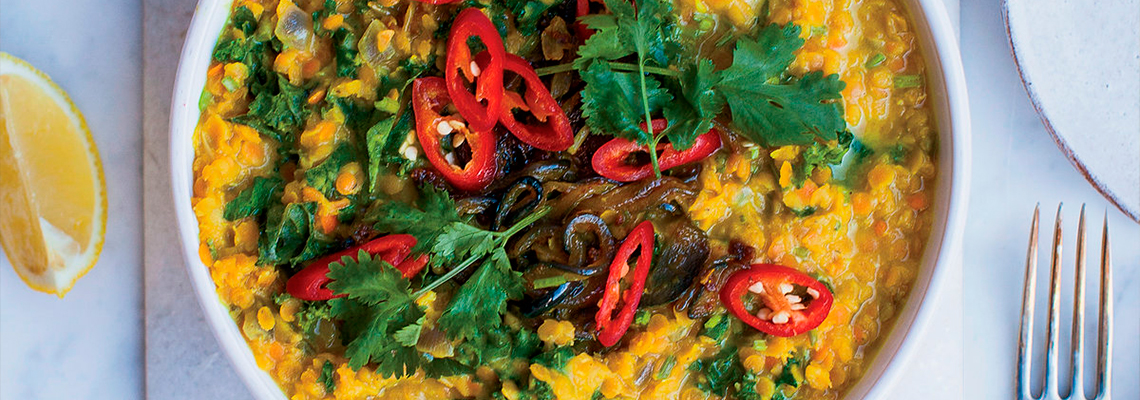
Parippu (dhal curry). It’s the most common curry in all of Sri Lankan cuisine, a staple in any restaurant or household. Masoor dhal (split red lentils) are first rinsed and boiled until soft. In a separate pan, a number of fresh ingredients, such as onions, tomatoes and fresh green chilies, are sauteed and mixed with tempered spices like cumin seeds, turmeric, fenugreek, mustard seeds and curry leaves. All the ingredients are combined and usually thickened with a splash of fresh coconut milk.
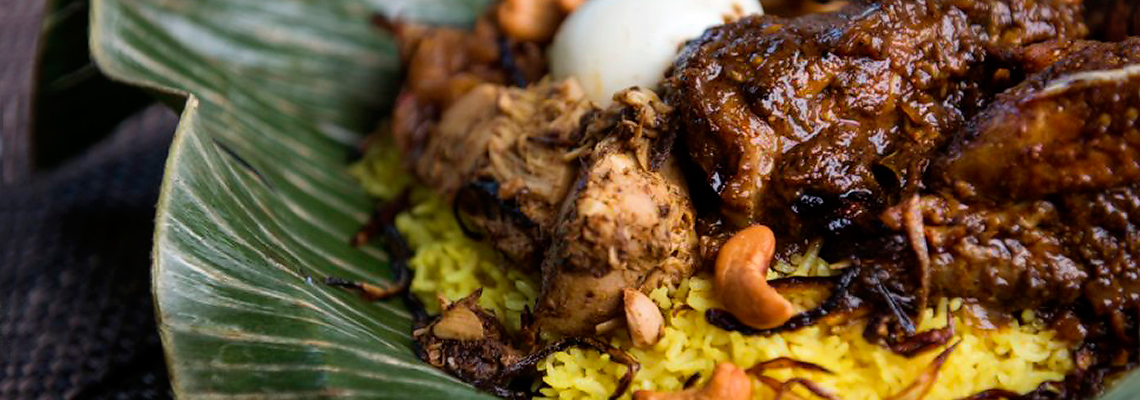
Lamprais. Sri Lanka has been influenced by a diversity of cultures and one of the most evident is the Dutch Burgher community. Lamprais, a word that combines the two Dutch words for "lump" and "rice," is a combination of meat, rice and sambol chili sauce, wrapped into a banana leaf packet and steamed. Original recipes called for beef, pork and lamb, but chicken and eggs are often included in a modern lamprais packet.
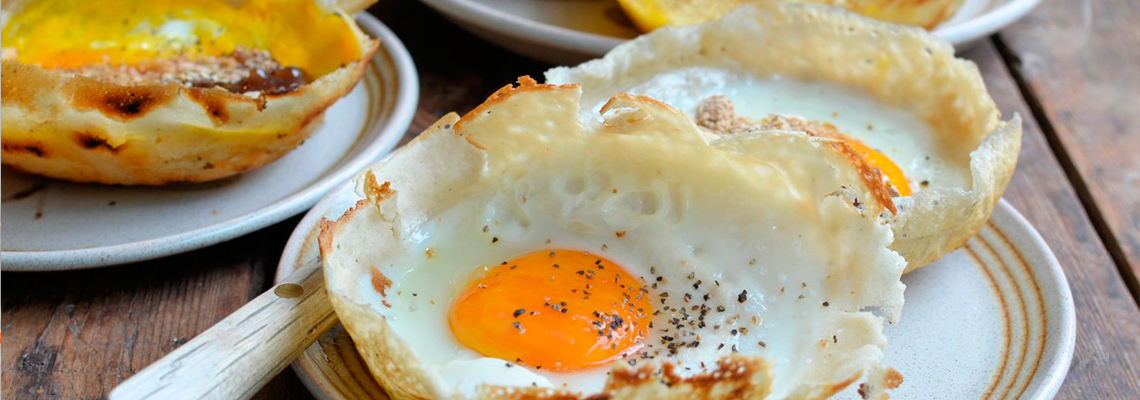
Hoppers (appa or appam) – also, string hoppers (indi appa or idiyappam). Hoppers are the Sri Lankan answer to the pancake. The batter is made from a slightly fermented concoction of rice flour, coconut milk, sometimes coconut water and a hint of sugar. Unlike the runny batter used for hoppers, string hoppers are made from a much thicker dough. The dough is squeezed through a string hopper maker, like a pasta press, to create thin strands of noodles, which are steamed.
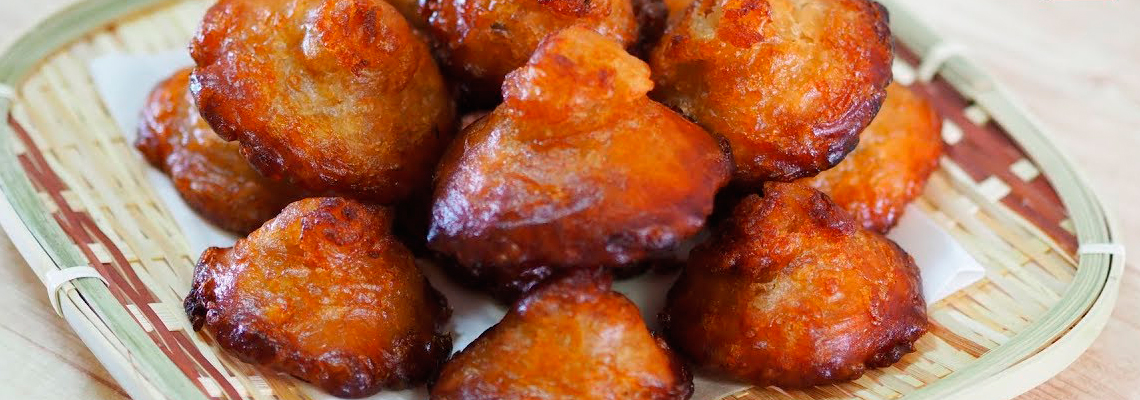
Kevum (also, Kavum). Kevum is a deep-fried Sri Lankan sweet made from rice flour and kithul treacle, with a number of variants adding additional ingredients. It is also known as oil cake. Kevum is traditionally given and consumed during celebrations of Sinhala New Year.
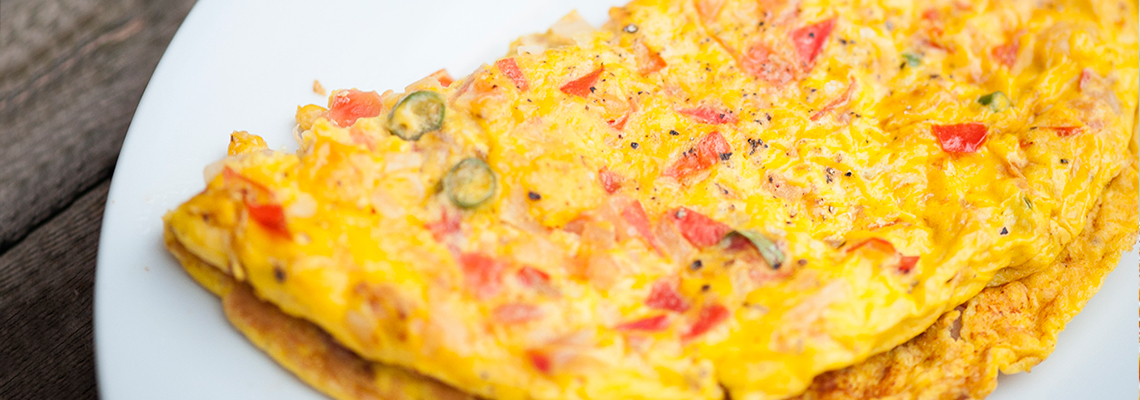
Sri Lankan omelet. The traditional Sri Lankan omelet is your usual omelette fried in coconut oil with vegetables and spices. It usually contains red opinon, shredded chili pepper, tomatoes, and curry. There's no milk in the Sri Lankan omelet.
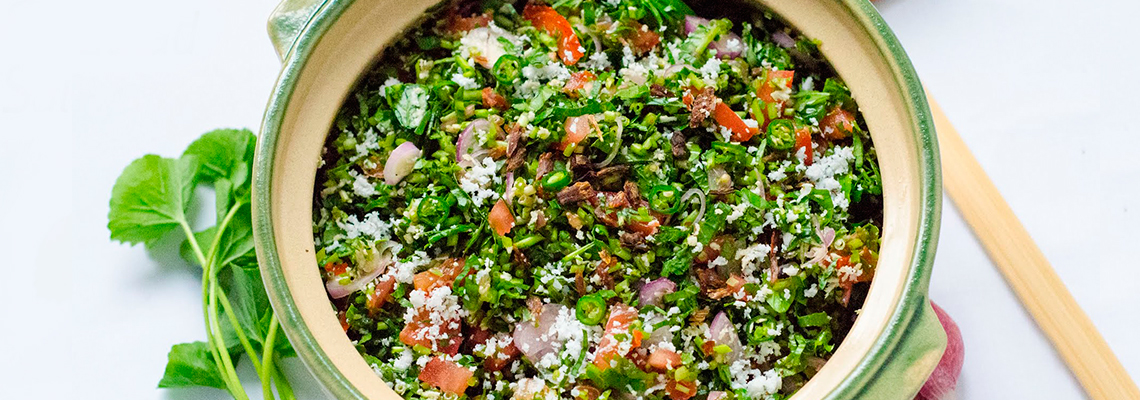
Gotu kola sambol (pennywort salad). One of the most readily available green vegetable dishes in Sri Lanka. Gotu kola (known in English as Asiatic pennywort) is a medicinal herb in Asia. It's shredded into slivers, then combined with shallots, tomatoes, fresh grated coconut and chili and seasoned with a dressing of salt, pepper and lemon juice. Sambol is a term used in Sri Lanka for ingredients that are combined and eaten raw, sometimes more of a chili sauce and sometimes more of a salad.
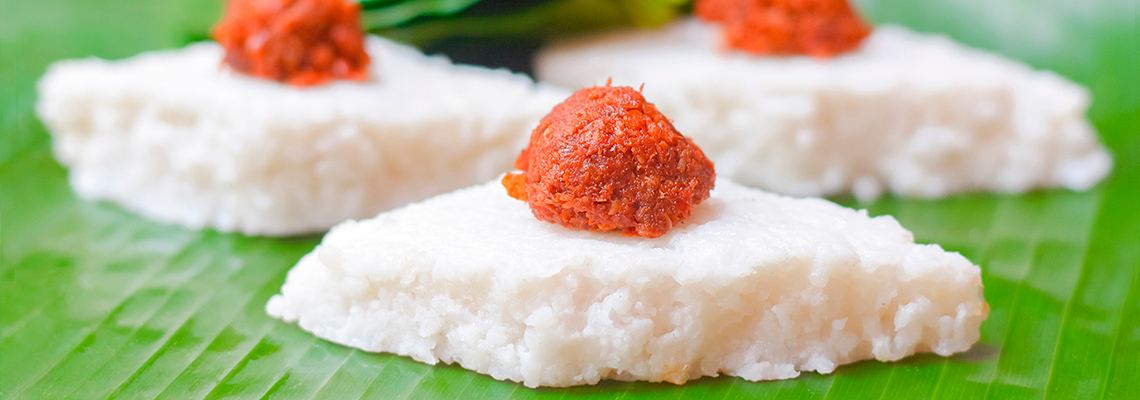
Kiribath with lunu miris. Kiribath is a special type of rice, cooked with thick coconut milk and often served during special occasions, such as Sinhalese New Year. One of the most common ways to garnish kiribath is with lunu miris, a sambol chili sauce made from red chilies, onions, lemon juice, salt and sometimes dry Maldive fish, all ground into a paste using a stone mortar and pestle.
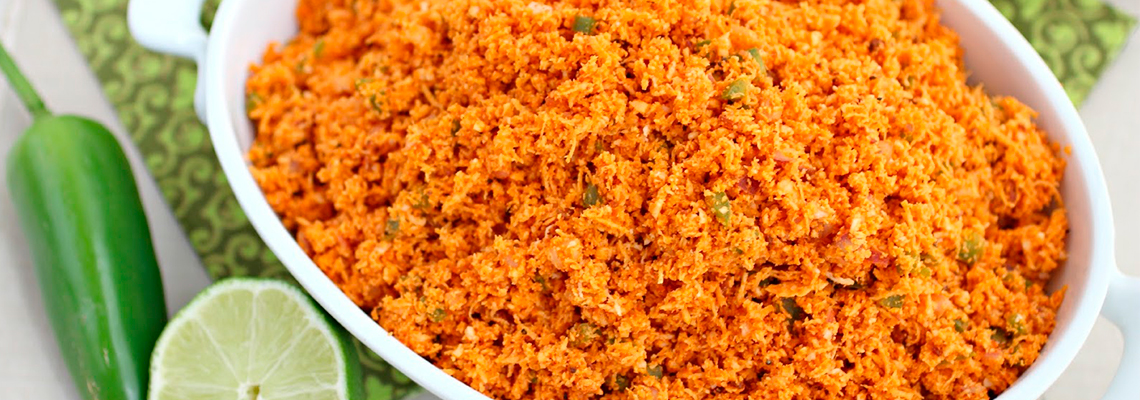
Pol Sambol (coconut relish). It’s a simple blend of finely grated coconut, red onions, dried whole chilies or chili powder, lime juice, salt and Maldive fish (if available). The ingredients are diced or ground, then combined in a bowl. In Sri Lanka, pol sambol is used as a garnish or side dish for everything and anything.
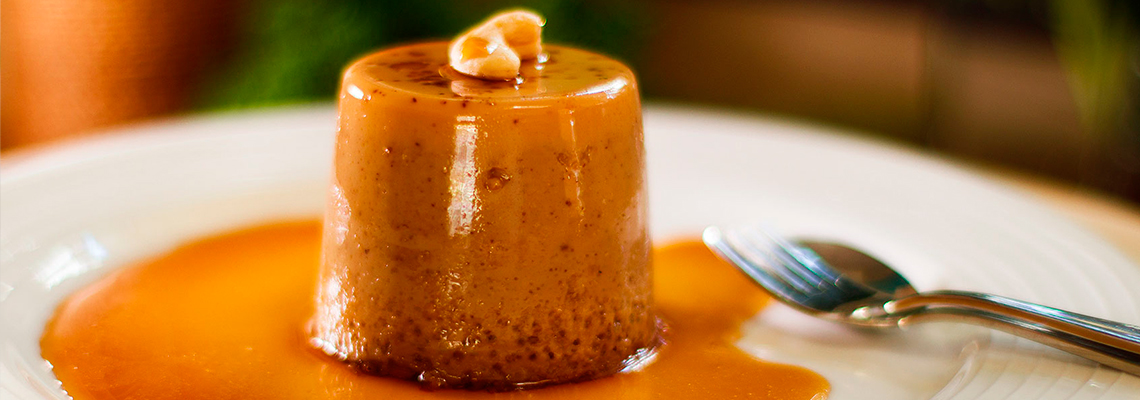
Watalappan. Watalappam is a coconut custard pudding made of coconut milk or condensed milk, jaggery, cashew nuts, eggs, various spices, including cardamom, cloves, and nutmeg, and sometimes thick pandan juice or grated vanilla pods.
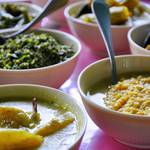
מהם אוכל המקומי בסרי לנקה?
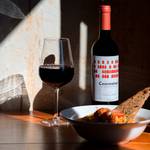
איפה ניתן לקנות אלכוהול בסרי לנקה ובכמה עולה?

איך אני יכול לשכור רכב בסרי לנקה?

איזה סוג של מתאם אני צריך עבור השקעים?

מה לראות בסרי לנקה?
